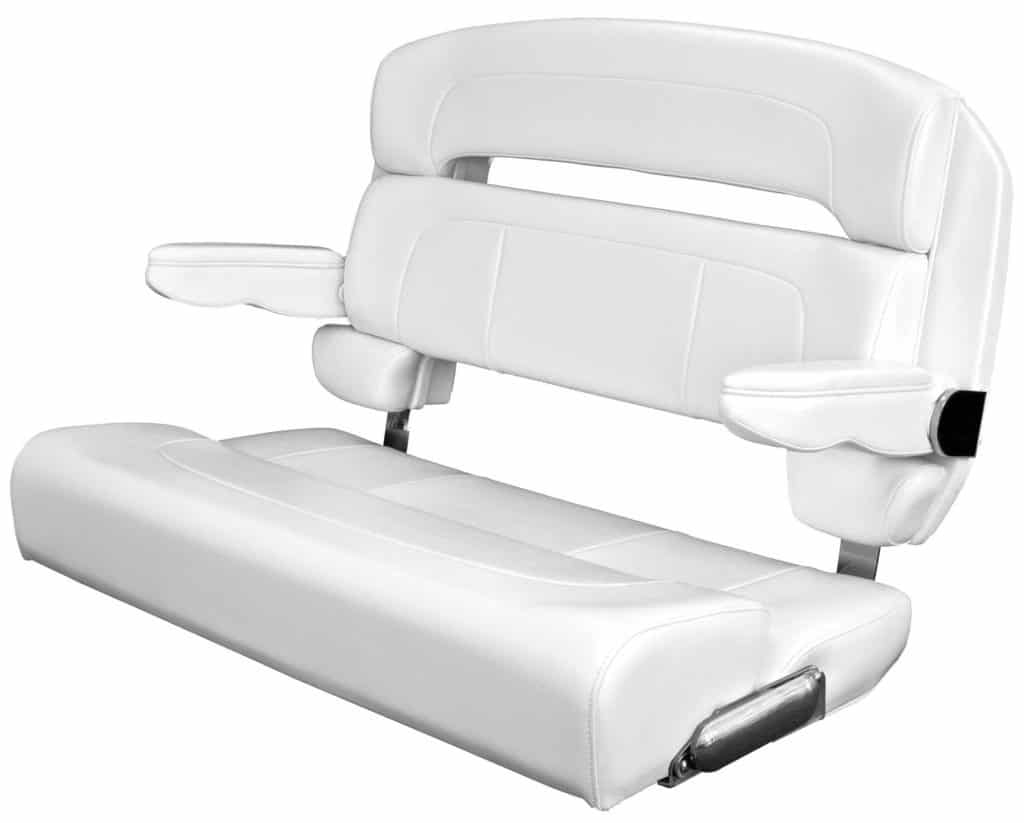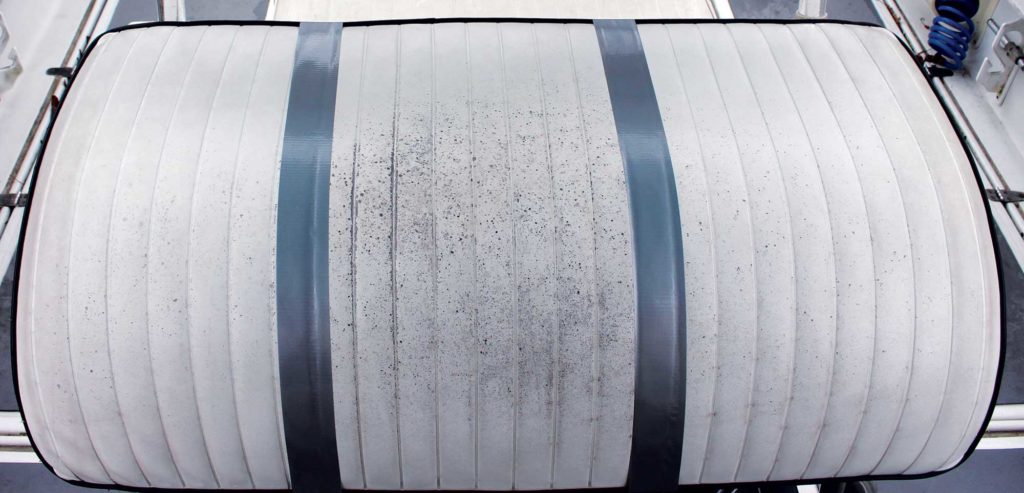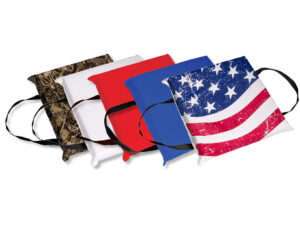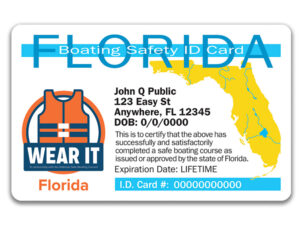
Nothing mars Mom’s Mink like mildew stains on the vinyl seats and cushions. Those black dots and blobs look unsightly, may cause the crew to stand instead of sit, and cause your boat to diminish in value. So how do you remove mildew from boat seats?
Unfortunately, making mildew-stained vinyl look like new proves nearly impossible — and in some ways, it’s a fool’s errand.
“Mildew is a fungus,” explains Phillip Liberson, president of American Marine Canvas and Upholstery in Miami. “You can clean it off the vinyl’s surface and kill the spores with a disinfectant, but unless you replace the seat’s foam as well as the vinyl covering, it will come back. You’ll get one season, maybe two depending on humidity and temperature, but just cleaning the stains off won’t end your mildew problem.”
If you don’t want to spend the hard-earned cash on replacing your seats and you’re willing to clean the white vinyl boat seats, there are a number of boat seat cleaners you can choose from designed for attacking mildew stains. You can also try cleaning with a 50/50 home-brew mix of white vinegar and water. But virtually every vinyl manufacturer cautions against using harsh chemicals like bleach, which may damage both the vinyl and the thread stitching it together. There’s no definite answer to the best mildew remover for boat seats.
Plan B is to have new cushions, seats or coaming pads made. The boatbuilder may sell replacements. You also may be able to find replacements at an online upholstery shop that has your boat pre-patterned, and you can also find a surprising number of boat cushions on eBay or Amazon. The more common remedy involves hiring a local upholstery shop (or shipping the cushions to one if there aren’t any in your area) to make what you need.
Read Next: Remove Those Pink Stains From Your Boat Seats
So that mildew isn’t a problem in the future, ask for a replacement material that has an anti-fungal or anti-microbial treatment. Ideally, it should meet American Society for Testing and Materials G21 standards, which rate the resistance of synthetic polymeric materials to fungi.
You’ll also want to make sure you get heavy-duty vinyl. The term “marine-grade” gets abused a bit, so don’t take it at face value. As a rule of thumb, you want vinyl with a minimum rating of 28 ounces (vinyl is ranked by ounces per square foot), and expect heavier vinyls to cost more but last longer and have better puncture resistance.

Testing Mildew Removers for Boat Seat
I deemed this extremely mildewed cushion as needing replacement one year ago. To stretch its life span, I used a healthy dose of bleach as a vinyl cleaner for the boat seats to eradicate the surface stains. A year later, the vinyl itself feels significantly less supple, there is visible deterioration in the stitching, and worst of all, the mildew returned with a vengeance.
To compare the effectiveness of bleach versus a vinegar/water mix versus a dedicated mildew cleaning product, we tried cleaning the vinyl boat seat’s left side of the cushion with bleach a second time, used the vinegar/water mix on the center section, and tried a scrub-down with chlorine- and bleach-free Iosso Mold & Mildew Stain Remover on the right side. To our surprise, the Iosso worked almost as well as the bleach, and both worked far better than the vinegar mix, though overall the effort was clearly something of a failure.









